Project Description
Italian composer Giacomo Puccini, born December 22, 1858, started the operatic trend toward realism with his popular works. Puccini’s operas utilize a theme called Il tabarro: “Chi ha vissuto per amore, per amore si morì” (“He who has lived for love, has died for love”). He used the theme in his popular operas La Boheme, Madame Butterfly and Tosca.Puccini’s inspiration to become a composer was born during a performance of Aida, which he saw in his late teens. He enrolled in the Milan Conservatory, for which he petitioned Queen Margherita for support and also received a subsidy from his great-uncle Dr. Ceru. At the conservatory his teachers were Ponchielli and Brazzini, and a fellow student was Mascagni. For his graduation he wrote not opera music but an orchestral composition which was played July 14, 1883 to great acclaim.
One of his first operas, Le villi, opened to great fanfare in Milan, earning him a contract to write operas for the prodigious La Scala theatre. After his firedt great success, Puccini’s mother died. And on that same time, he entered a scandalous relationship with a married woman – the wife of a former school friend along with one of her children – and settled with her in Torre del Lago, a small Tuscan fishing village. She bore him a son, Antonio. Puccini’s next work – Edgar, at La Scala, Milan on Easter Sunday 1889 – was greeted with public appreciation but critical disdain.
It received only two more performances. The shareholders of his friend and publisher Giulio Ricordi wanted to release Puccini, but Ricordi stood up for him and agreed to pay his retainer himself. The opening of Manon Lescaut in Turin, (Ricordi’s idea to remove it from Milan) February 1, 1893, received the greatest response of any of Puccini’s premieres. Puccini was hailed as the true heir to Verdi. He settled at the remote Tore Del Largo where he built his own villa and could work undisturbed. After a brief visit to Bayreuth, Germany, Puccini was inspired by the work of Richard Wagner and, working with the team of Luigi Illica and Giuseppe Giacosa, produced the seminal works of his career following Manon Lescaut: the famous La Bohme, Tosca, Madama Butterfly, and La fanciulla del west (1910; The Girl of the Golden West). Although it eventually became celebrated worldwide, Madama Butterfly was a disaster at its premiere, the same year that Puccini finally married Elvira Gemignani.
In 1903, he was diagnosed with diabetes, which he would struggle to control for much of his life. 1909, there was scandal after Puccini’s wife, Elvira, falsely accused their maid Doria Manfredi of having an affair with Puccini. The maidthen committed suicide. Elvira was successfully sued by the Manfredis, and Giacomo had to pay damages. Traveling to New York, Puccini sought inspiration for his last works before returning to Europe. His last opera, based on the fable of Turandot, would remain unfinished due to his death from throat cancer in Brussels in 1924. Arturo Toscanini had Turandot completed by Franco Alfano, and it was presented April 25, 1926 at La Scala. Toscanini laid down his baton at the point that Puccini had stopped writing and addressed the audience. The exact wording he used is the subject of much debate. My favorite is ‘Here death triumphed over art.’ The following evening Turandot was presented as completed by Alfano.

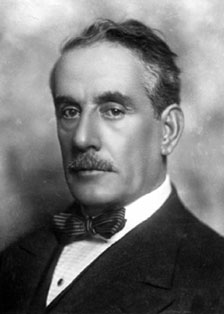
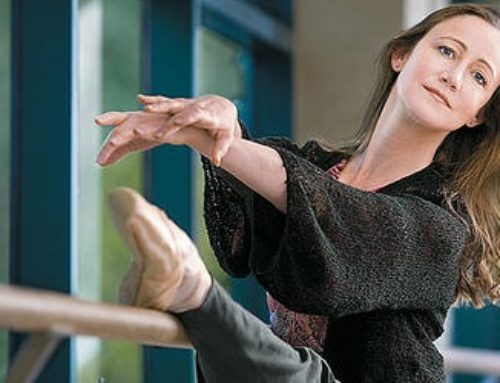
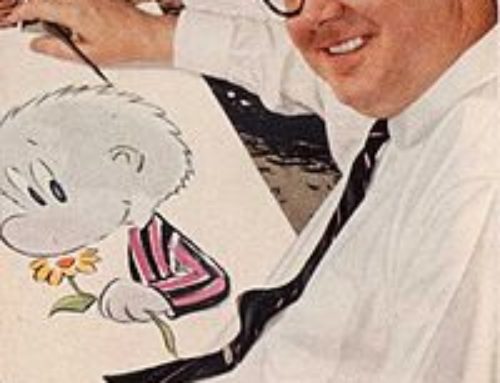
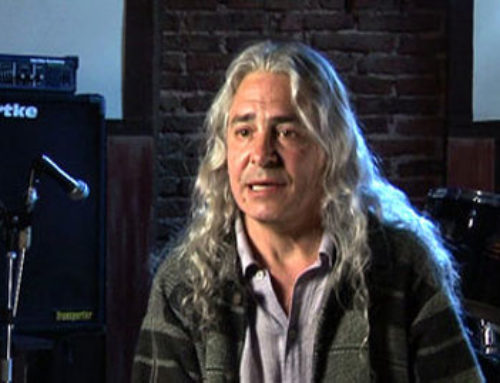

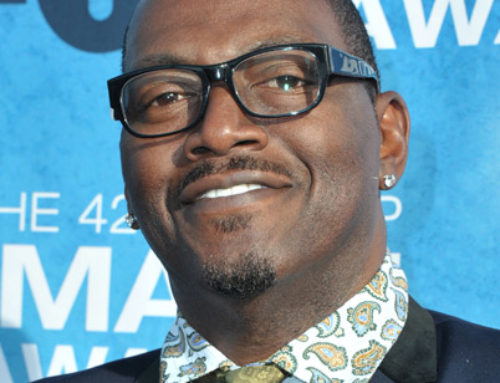
Leave A Comment